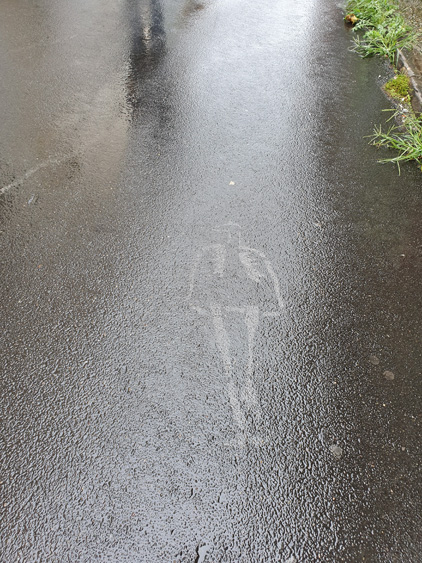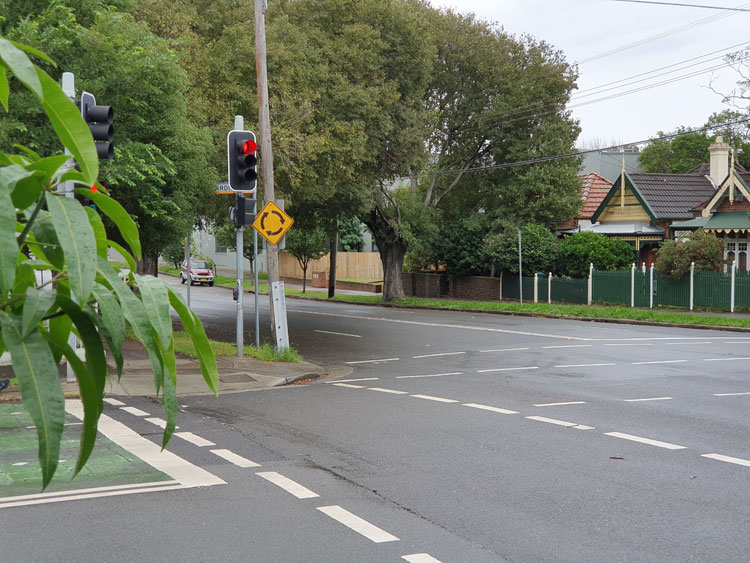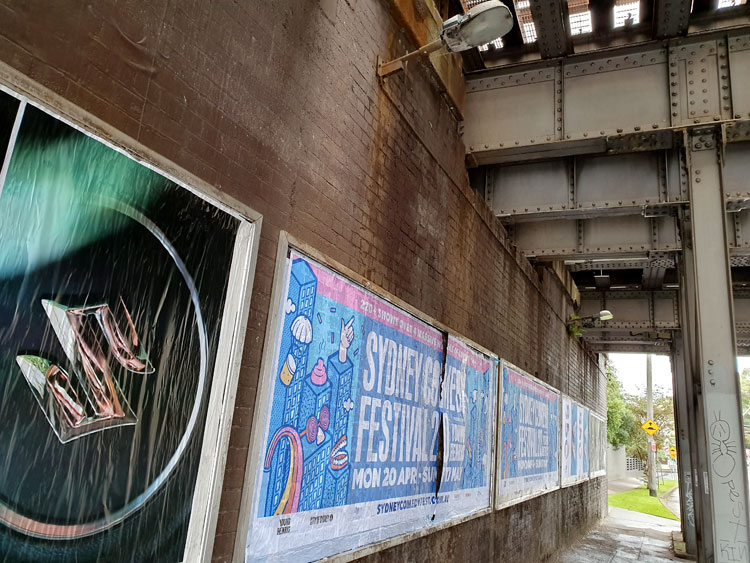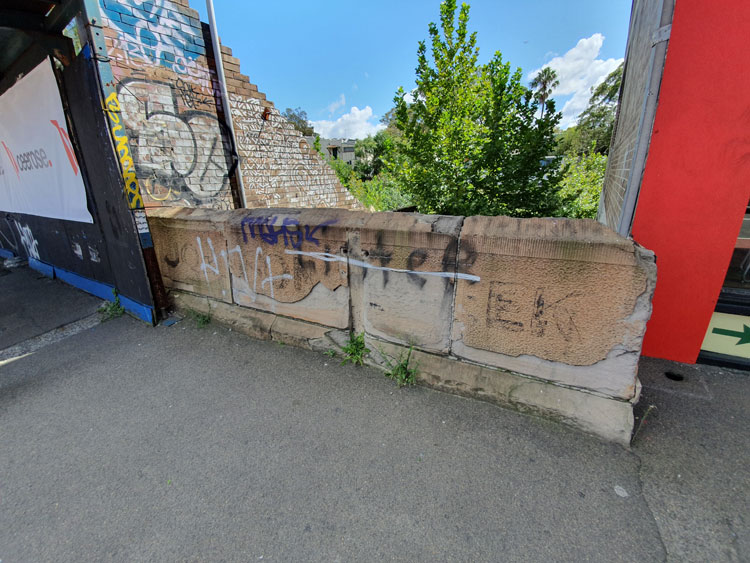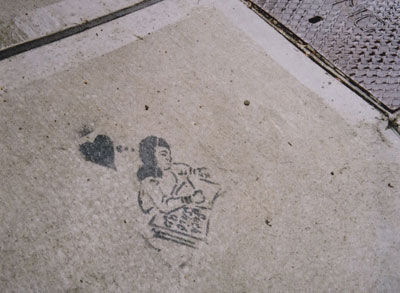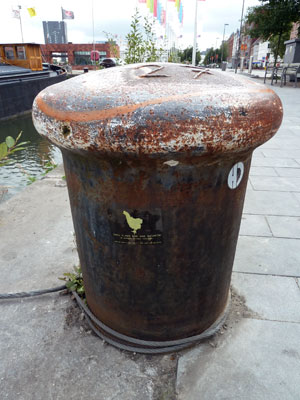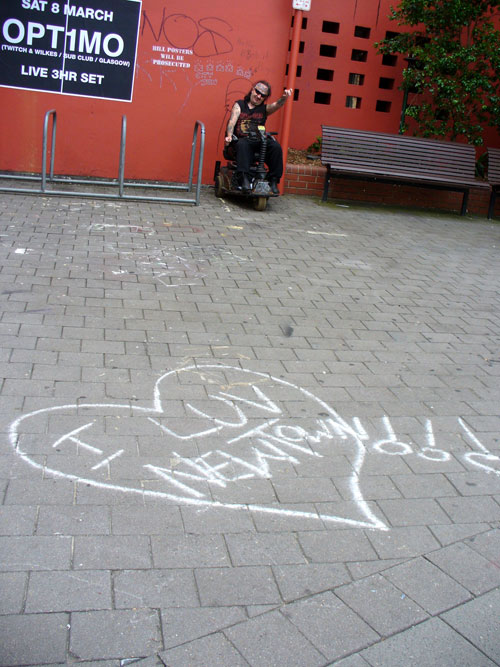Despite galloping gentrification, the Newtown-Enmore ‘destination precinct’ of Sydney’s inner west retains remnants of its former underground student activism, most notably in the form of fly-posters promoting leftist and anarchist causes.
Bill posting is illegal, with the local Inner West Council defining posters as ‘visual pollution’, along with other forms of ‘unwanted graffiti’. However, unlike the City of Sydney, which administers the north-eastern end of Newtown, the Inner West Council does not carry out an aggressive program of graffiti and poster removal. This might mean the Inner West has a smaller budget for street beautification, but over the years I have come to realise that it also indicates an uneasy tolerance on the part of Council, and that this tolerance is based on ambivalence.
Inner West Council trades on the image of Newtown-Enmore as a ‘vibrant’ and edgy area where there is always something to see and do. Its arts program, tellingly named EDGE, seeks to reinforce the area’s position as ‘the cultural engine of global Sydney’. It is noteworthy that the 2019 EDGE program was themed Art and Activism and that it included works of pseudo-graffiti, such as a series of giant paste-up illustrations celebrating the Reclaim the Streets activist movement, and trails of animal stencils on footpaths described as a ‘guerrilla pavement art project bearing witness to The Sixth Mass Extinction’.
With this kind of endorsement of graffiti and paste-ups it’s not surprising that unauthorised fly-posters have become an intrinsic element of Newtown-Enmore’s cultural capital. Political posters draw attention to the locality’s history as a seat of activism and this history is encouraged by Council’s arts programs to be regarded as an element of cultural ‘heritage’.
This blog post is an edited excerpt from:
HICKS, M. (2021) Flyposter graffiti and the change in a Sydney streetscape during the time of COVID-19. Visual Studies, 36, 141-146.


